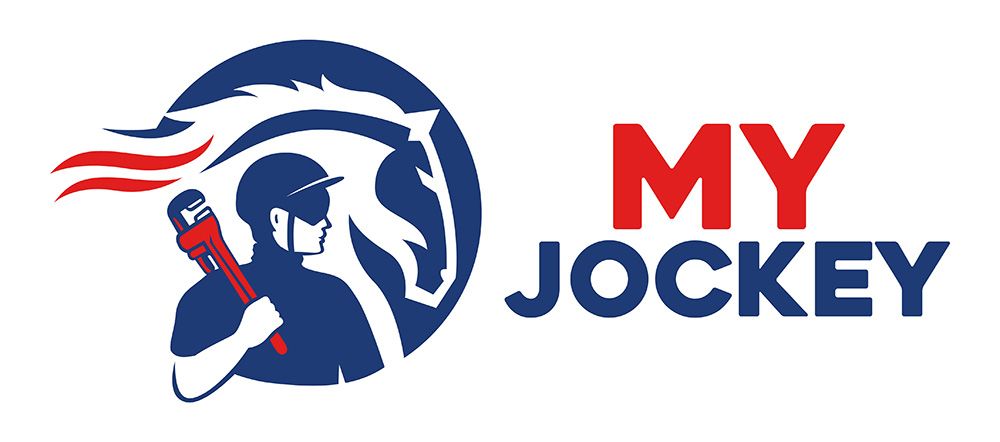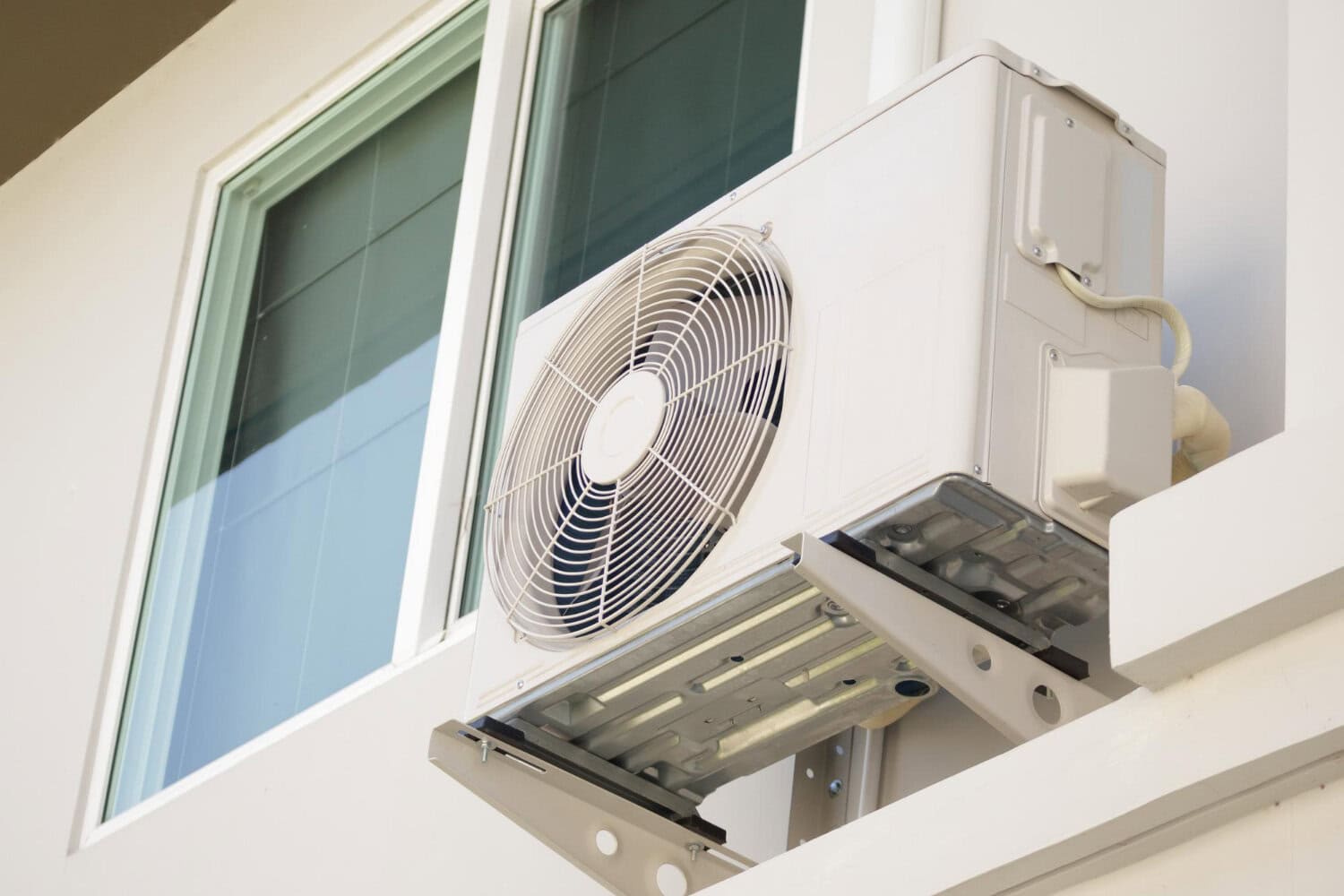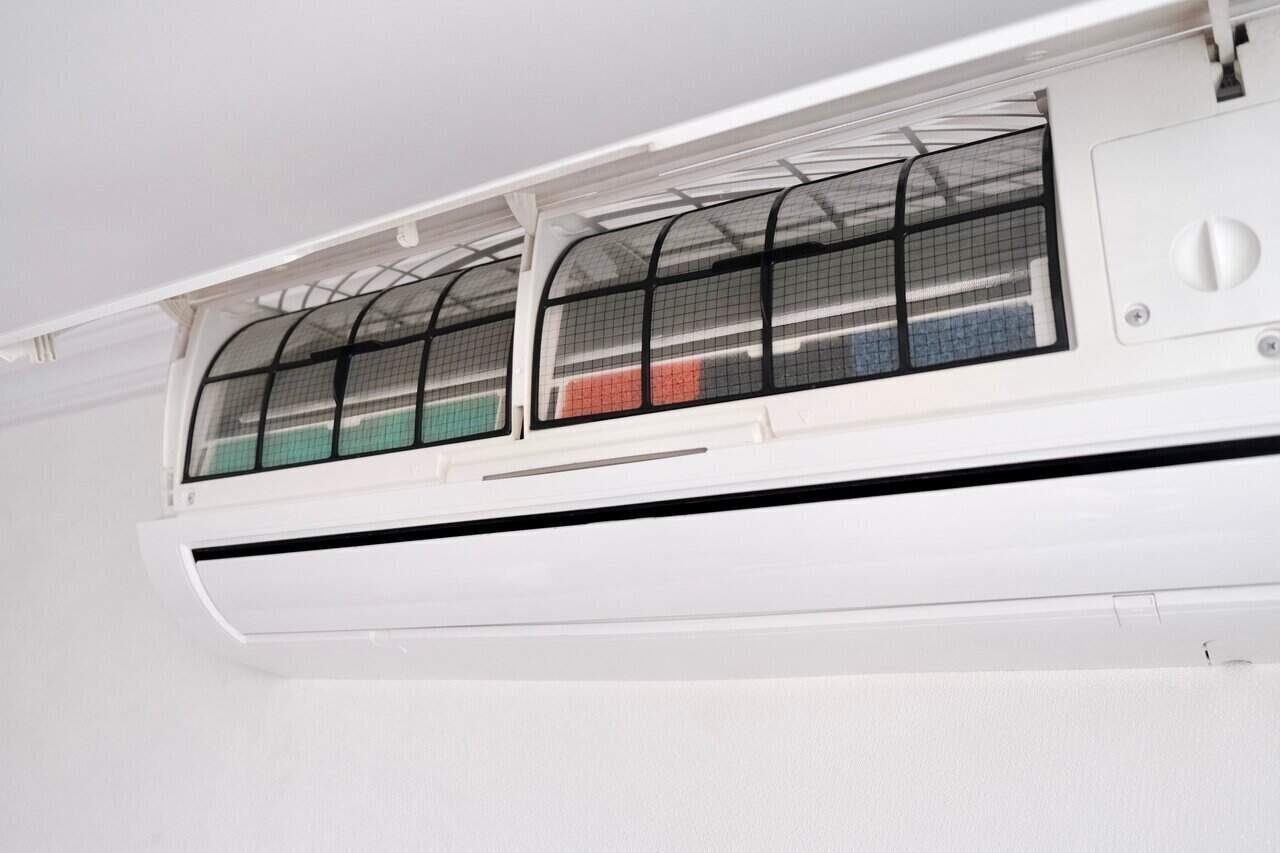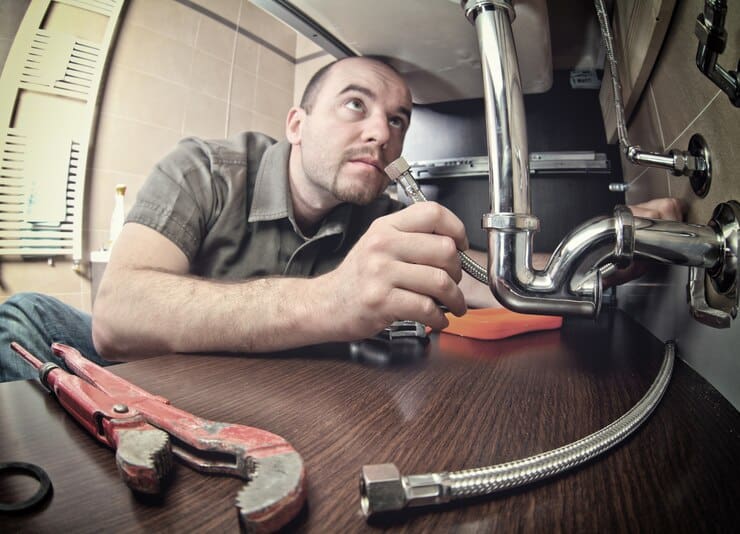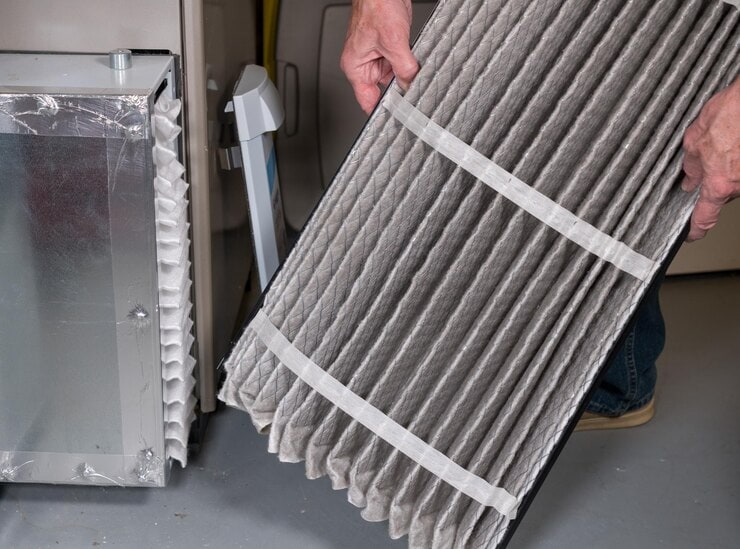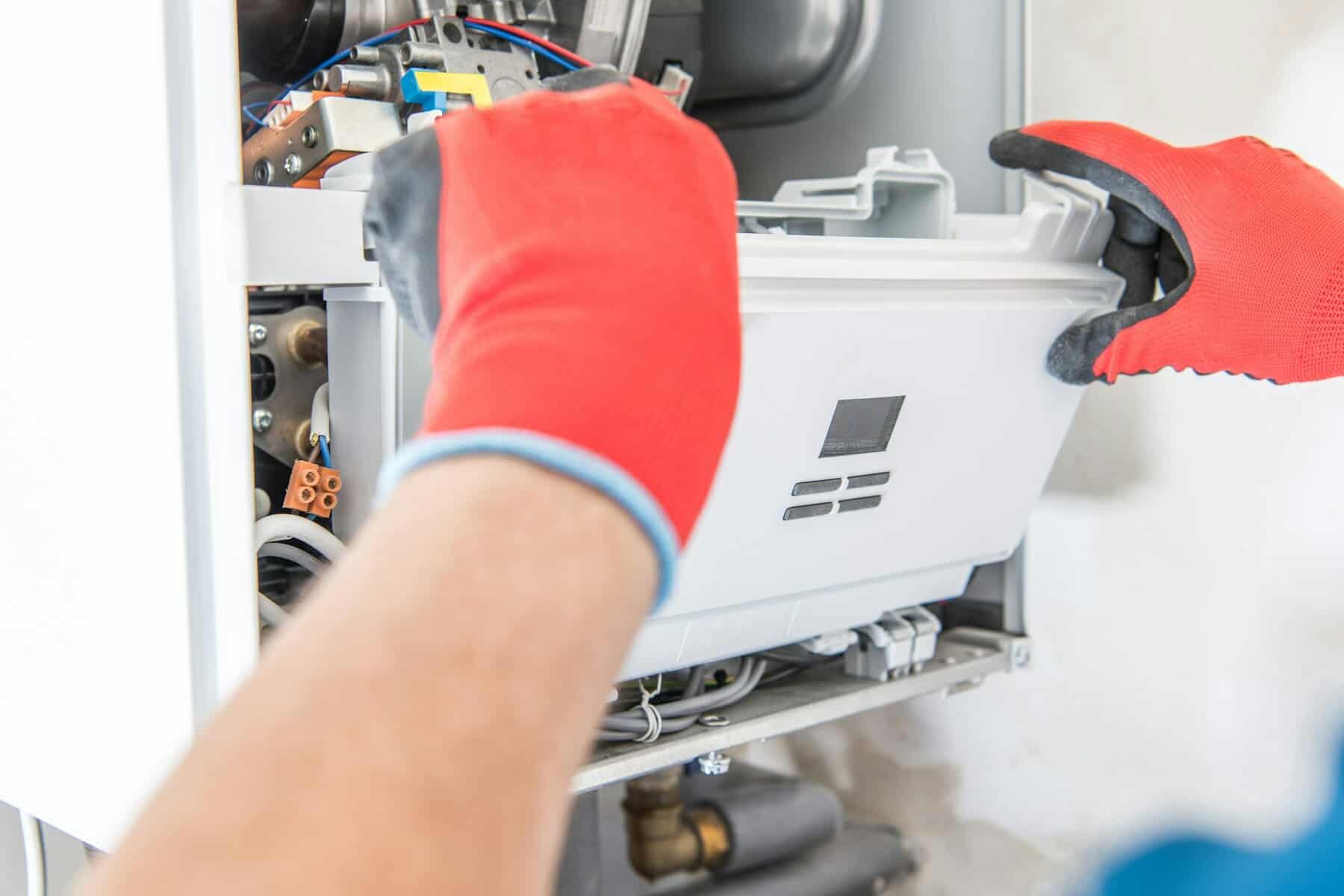Your HVAC system is crucial for keeping your home comfortable year-round. But like any appliance, it can run into problems that disrupt its efficiency. Identifying and fixing these issues quickly can save you from discomfort and high energy bills. Some problems are simple to address, while others may require professional help.
Understanding the basics of common HVAC issues is important for any homeowner. A malfunctioning thermostat, a pilot light that won’t stay lit, clogged air filters, and ductwork leaks are some of the frequent problems you might encounter. These issues can cause your system to perform poorly, making it harder to maintain the desired temperature in your home.
Thermostat Issues
Thermostat issues are one of the most common HVAC problems that homeowners face. If your thermostat is malfunctioning, it can misread the temperature and make your HVAC system run too often or not at all. This can lead to inconsistent temperatures in your home, wasting energy and increasing your utility bills.
One sign of thermostat issues is if your HVAC system won’t turn on or off when it should. Sometimes, this can be as simple as dead batteries or a settings glitch. Changing the batteries and ensuring it’s set to the correct mode (heating or cooling) might solve the problem. If it’s still not working, there could be a wiring issue that needs professional attention.
Another issue is inaccurate temperature readings. If your thermostat doesn’t display the correct room temperature, it may need recalibration. Many modern thermostats have a simple recalibration process you can do yourself. However, if you’re uncomfortable with this, it’s best to call a professional.
Programmable thermostats can also have software or hardware malfunctions. Check if there’s a firmware update available for your thermostat model. Sometimes, performing a factory reset can help, but make sure to note down your settings before doing this.
Pilot Light or Ignition Problems
Pilot light or ignition problems can prevent your HVAC system from heating your home properly. If you have a gas furnace, the pilot light ignites the burners to produce heat. If the pilot light goes out or won’t stay lit, your system can’t produce the heat you need.
A common cause of pilot light problems is a dirty orifice. Dirt or debris can block the gas flow, preventing the pilot light from igniting correctly. Cleaning the orifice with a thin wire or compressed air might fix the issue. Always follow the manufacturer’s instructions or consult a professional if you’re unsure.
Another problem could be a faulty thermocouple. The thermocouple is a safety device that shuts off the gas if the pilot light goes out, preventing gas leaks. If it’s not working properly, it might cut off the gas even when the pilot light is on. Replacing a thermocouple is a relatively simple task but requires some DIY knowledge. If you’re not confident, it’s best to have a professional handle it.
For newer furnaces with electronic ignition systems, issues can range from faulty ignition sensors to wiring problems. These systems don’t use a pilot light but instead use electronic components to light the burners. If you’re experiencing ignition problems, it may require specialized knowledge to diagnose and fix the issue, making it a job for the pros.
Clogged Air Filters
Clogged air filters are a common and easily fixable HVAC issue. Your HVAC system relies on clean air filters to operate efficiently. When filters get clogged with dust, dirt, and debris, the airflow is restricted. This makes your system work harder than it should, leading to increased energy consumption and potential damage over time.
The primary sign of a clogged air filter is reduced airflow from your vents. If your home isn’t heating or cooling as quickly as it used to, the filter is often the culprit. Check and replace your air filters every one to three months, depending on the manufacturer’s guidelines and your usage. Homes with pets or residents with allergies may need more frequent changes.
Another consequence of clogged air filters is poor indoor air quality. The filter’s job is to trap pollutants and allergens, and when it can’t do this effectively, these particles circulate through your home. This can cause respiratory issues and make your living environment less comfortable.
Replacing the air filter is usually straightforward. Just turn off your system, remove the old filter, and insert a new one. Be sure to buy the correct size and type for your HVAC unit. If you’re unsure, consult your system’s manual or a professional.
Ductwork Leaks
Ductwork leaks can severely impact your HVAC system’s efficiency and your home’s comfort. These leaks allow conditioned air to escape, making it harder to maintain the desired temperature. It also means your system has to work harder, which can lead to increased wear and tear, resulting in higher energy bills.
One sign of ductwork leaks is uneven heating or cooling throughout your home. If some rooms are warmer or cooler than others, it’s a sign that air isn’t being distributed evenly. Another sign is a sudden spike in energy bills. If your bills have increased without a corresponding change in usage, leaking ducts might be the cause.
Detecting and sealing ductwork leaks often require professional expertise. However, you can do a basic inspection by checking the exposed ductwork in your attic, basement, or crawl space. Look for obvious gaps, disconnected joints, or areas that feel drafty. Minor leaks can sometimes be sealed with specialized duct tape or mastic sealant.
Professional duct sealing involves more comprehensive methods, like pressure testing and using advanced sealants. These methods ensure that your entire duct system is leak-free and operating at peak efficiency. Investing in professional duct sealing can improve comfort, lower energy bills, and extend the life of your HVAC system.
Conclusion
Maintaining your HVAC system is crucial for a comfortable and efficient home. By understanding common issues like thermostat problems, pilot light or ignition troubles, clogged air filters, and ductwork leaks, you can address these problems promptly and effectively. Taking these steps helps ensure your HVAC system runs smoothly, saving you from discomfort and unexpected costs.
Regular maintenance and timely repairs can also extend the life of your system and improve indoor air quality. Remember, some issues can be fixed with simple DIY methods, but others might require professional help to ensure everything is working correctly.
Struggling with recurring HVAC problems? Get expert assistance with residential HVAC services from My Jockey. We’re committed to keeping your home comfortable throughout the year with reliable HVAC maintenance and repairs. Call us today to book a service and ensure your system runs smoothly all year long.
